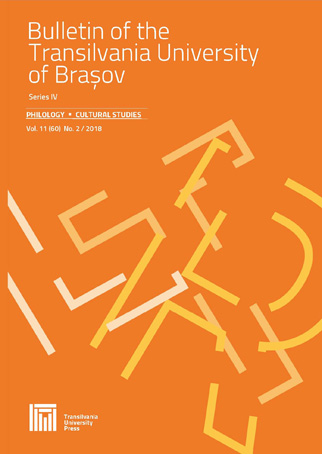Linguistic facets of the human body
Linguistic facets of the human body
Author(s): Indira Y. JunghareSubject(s): Language and Literature Studies, Theory of Literature
Published by: Editura Universitatii Transilvania din Brasov
Keywords: human; body; mind; consciousness; synthetic;
Summary/Abstract: Problems of inter-cultural communication arise from two major functions of language—identification of objects and concepts and misuse of linguistic constructs. Language is an embodied entity, inseparable from human mind, body and consciousness. Humans constantly struggle in adjusting to the language of culture with the language of body. Both social and biological sciences have studied humans externally and established theories about human bodies and human nature which focus on generalizations. For example, it is assumed that one type of medicine cures all types of humans having the same or similar symptoms of a specific disease. Hence, medical language is marked by generality. Both scientific and Western philosophical approaches are analytical. Humans are studied in their parts and not as complete beings. In reality, no two individuals are exactly alike, and perception of reality differs from person to person and culture to culture. A particular personal viewpoint arises from the composition of body, mind, and consciousness, which changes over time and in the context of socio-cultural and biological environments. This paper examines the concept of a person in terms of diverse bodies and capacities, including the creative power of language. An Indian synthetic philosophical approach will be used to examine the concept of body in relation to mind. The syncretic approach provides some insight for the understanding of human problems of suffering – both natural and man-created.
Journal: Bulletin of the Transilvania University of Braşov, Series IV: Philology & Cultural Studies
- Issue Year: 11/2018
- Issue No: 2
- Page Range: 195-212
- Page Count: 18
- Language: English

